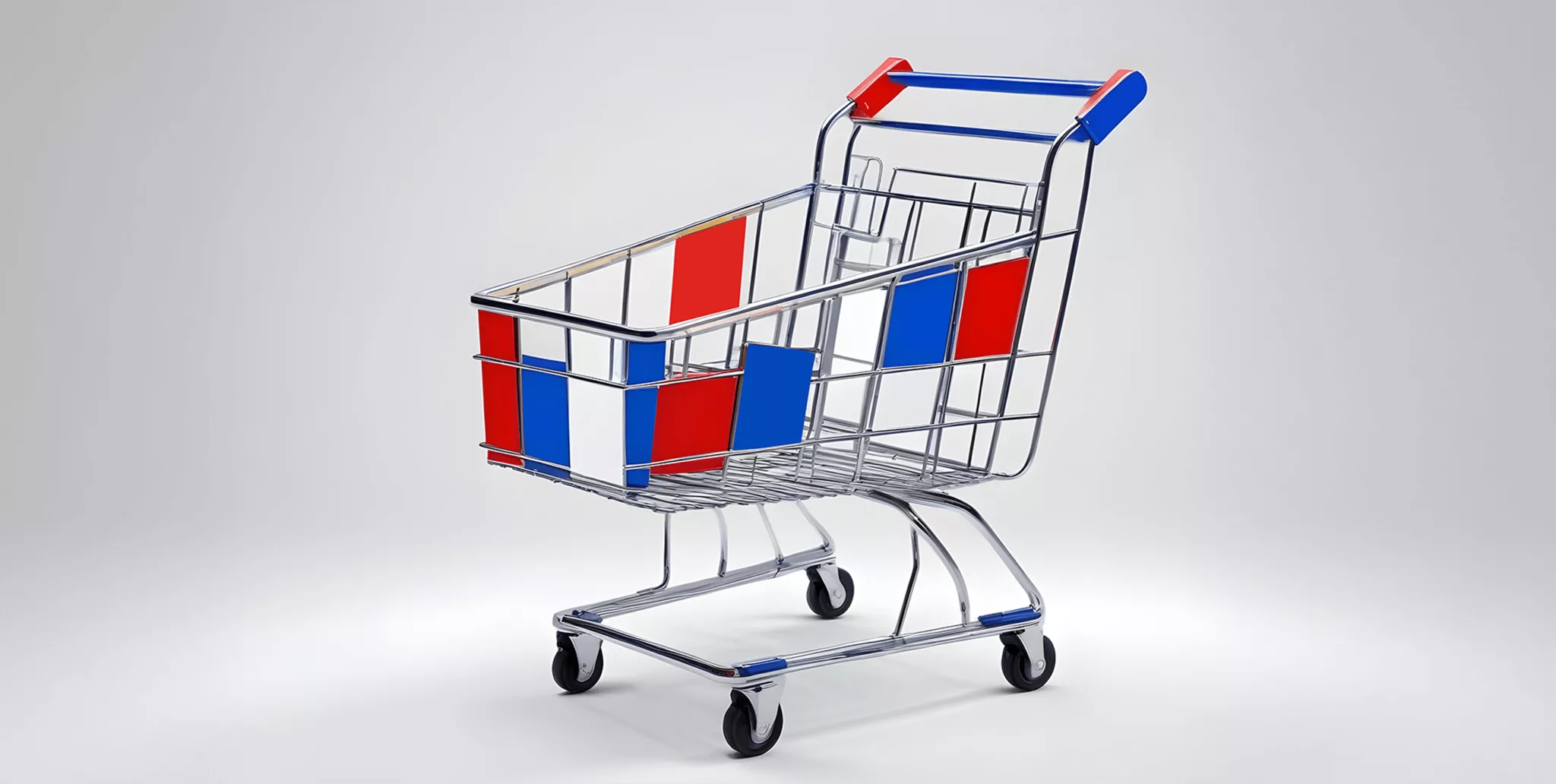Faster, more efficient, better: why forward-thinking companies rely on e-commerce automation and system integration
The demands placed on e-commerce are constantly increasing – not only in high-turnover B2C sectors, but also increasingly in B2B. If processes are not automated, operational limits are quickly reached when order numbers or product diversity increase. Companies of the Mittelstand in particular are realising this: Growth cannot (only) be achieved with more staff. More efficient processes, better systems and digital interfaces are also essential.
You should bear this in mind: The automation of a shop is not a monolithic project, but a continuous process that is often divided into smaller, pragmatic steps. But where to start? Which tools does Shopify offer for marketing, sales and data processing – and which principles have proven themselves in practice?
Shopify automation in the backend: streamline processes, relieve teams
When it comes to logistics, it quickly becomes clear whether an e-commerce system is able to grow with you. This is not just about large shipping volumes – smaller shops also benefit from clearly structured, automated processes:
Many processes can be automated directly with Shopify’s built-in functions or via specialised apps. However, it is important that the interaction between the systems is well thought out – because an isolated solution in the warehouse alone rarely solves the actual problems.
Networking systems, unleashing potential
E-commerce platform integration is a challenge for many companies. Problems usually lie less in the lack of systems and more in the fact that they do not communicate with each other. One example: PIM integration should be considered directly, especially for cutting-edge applications such as Shopify.
This is because product information is stored in the PIM, customer data in the CRM, prices in the ERP – the shop is often just one target system among many. Integrating these systems not only creates efficiency, but above all consistency. A clean database is the prerequisite for automation at all levels: in marketing, service and analysis. A strategic inventory is worthwhile here: even small interventions often have a big impact.
Automate marketing, address customers in a targeted manner
Personalised communication has long been standard – and only with intelligent segmentation and automation in the background. Shopify automations are made possible via integrated marketing or seamlessly connected special tools such as Customer.io:
- Automated email sequences for new customers, for reactivation or for seasonal campaigns
- Trigger-based communication, e.g. follow-up emails for cancelled shopping baskets
- Target group-specific approach according to attributes or behaviour
There is great potential here, especially in the B2B sector: those who differentiate between end customers and commercial customers or communicate in a sector-specific way not only increase conversion, but also customer loyalty.
Self-service: a front end for customers
Self-service is an underestimated area of automation. The more clearly a shop is structured, the less interaction with support is required. This saves internal resources – and at the same time ensures a more pleasant user experience.
Typical measures include
- Auto-complete in the product search
- Intelligent filter logic, e.g. technical properties for B2B sales
- Recommendations based on search or purchasing behaviour
- Guided selling tools with suitable product suggestions
More AI, more possibilities
AI has long since arrived in everyday life – even at Shopify. Marketing systems such as Shopify Magic or Sidekick support content creation, shop structuring and interaction with customers.
Some examples:
- Automated product descriptions based on keywords
- Suggestions for product ranges or category trees
- Intelligent chatbots that learn from real support data
These technologies do not replace strategic planning, but they do expand the room for manoeuvre. Companies can outsource repetitive tasks and use their capacities where human judgement is required. And that’s just the beginning!
Conclusion
E-commerce automation with Shopify & Co. doesn’t start with tools, but with the right questions: Are there systems with potential? Which tasks are repetitive? Where are the bottlenecks – and what can be networked?
Shopify offers a flexible basis for tackling many of these issues pragmatically. However, the real work lies in the planning, prioritisation and integration – in other words, precisely where it is decided how great the efficiency gain really is in the end.
Do you need support with the implementation of Shopify?





